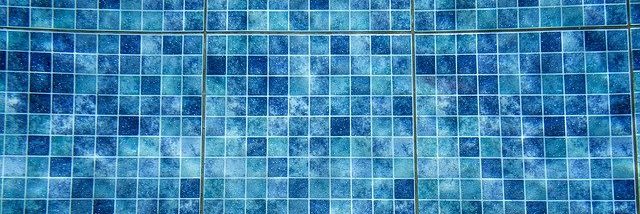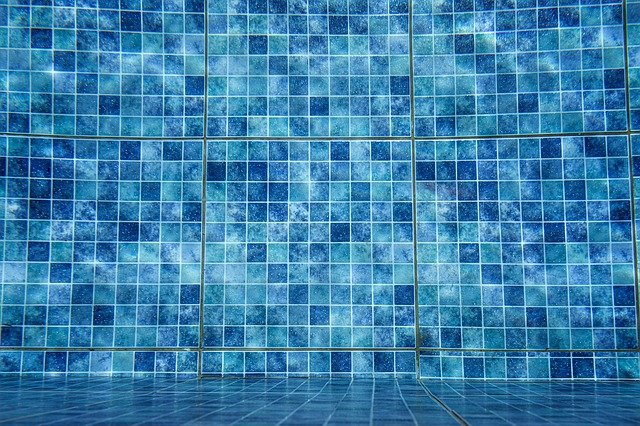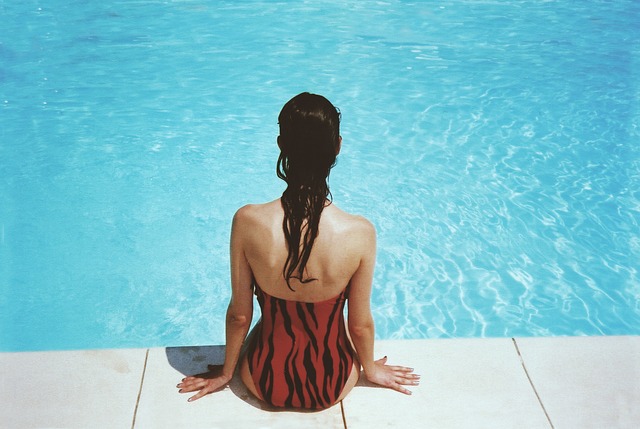Hot tubs, just like pools, require a certain amount of regular maintenance. Similarly, hot tub chemicals must also be replaced regularly because they can be hazardous to your health. You’re going to need a lot of different chemicals to keep a spa clean, yet in a natural form.
What kind of hot tub chemicals are used?
You can find a variety of hot tub chemicals, such as sanitizers, oxidifiers, pH Lightning, and shocks, that will keep your spa clean, clear, and bacteria free, and that won’t harm your skin. At times, people choose not to use these chemicals because they believe that it diminishes the spa’s effectiveness.
There are a variety of different chemicals available. The instructions on all hot tub chemicals will tell you what you should use, and when to use them. The amount of chemicals you need will vary depending on your hot tub, and your water type. Bacteria grows rapidly during the first few hours after you consume the hot tub. A good way to keep the bacteria down is with a shock; the shock kills bacteria, making the water safer, and helping to keep your water clean.
What kinds of chemicals should you put in to your hot tub?
Here are the most common hot tub chemicals’ jobs:
Sanitizers
Sanitizing your hot tub is an essential step. Nowadays, chlorine can be used as a sanitizer. Bromine and Ozone are also used, and can be more effective. But the main problem with chlorine is the byproducts that it produces.
You will need to have a sufficient source of clean water. This usually means either a water purifier or a flush additive. Different shock oxidizers are available; choose a shock oxidizer that will neutralize your bromine, bromine, and ozone.
Enzymes
Enzymes are vital to the proper functioning of your hot tub. You will need enzymes to eliminate organic matter, or “chlorine smell.” This is created by the bacteria that lives so gladly in your warm, moist, small tub. Enzymes can also trim down the use of chlorine.
A good amount of enzymes will keep down chlorine waste. In fact, if you can manage to cut back even a little on the amount of chlorine you use, you can make it safe for your skin and your body.
Biguanide
Infections of the hot tub can flow through your water and lead to bloodstream infections and health problems. When you are first getting sick, a bacterial infection is weakened for a day or two. Then, when the illness from the warm, humid environment returns, the toxins are released and make you tired.
If you don’t shield against bacteria, this waste build-up will make you sick but not death. There are chemicals available that kill the bacteria without changing the water. If there is a biguanide lingering in the water (one that must be used according to the manufacturer’s instructions), boil the water – but not by hot water heat or boiling hot water. This is far too risky a practice for a hot tub.
As of late, there are very safe sanitizers that appear to be a satisfactory system for relaxing in the tub.
Bromine
This must be used every four to six hours at most. The water temperature should be kept slightly above 104 degrees Fahrenheit. This bromine does not mix readily with man-made disinfectants. However, bromine works for the bacteria that doesn’t present organic matter, so it’s a good choice to use bromine if the stains are covered with skin.
Ozone
Ozone has a respiratory effect similar to bromine, but not as strong. It is used every six to eight hours, once per day. Fan speed can be adjusted. Ozone can be synthesized by any bromine product. Just be sure to vent your hot tub during the curing time. They should be taken out several hours before you use the hot tub. Ozone can sometimes be taken out by using bleach and water, but then it will just be wasted.
Biguanide
Biguanide is very similar to ozone, but cheaper. The biguanide also has a respiratory effect just like bromine, but is very weak. Used in conjunction with chlorine from a colonial aquitzer, it is very effective. This bromine is effective when you add the right amount over time. This might be even stronger than ozone, so it can be a bit gentler.



